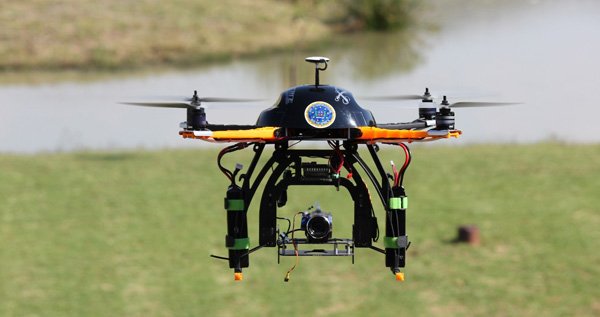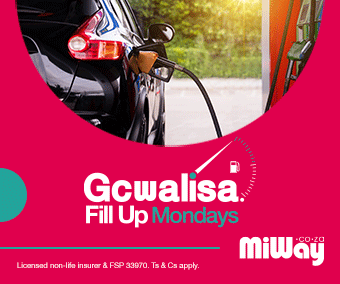The deployment of body cameras for traffic officers and drones to monitor roads could not only help make South Africa’s roads safer, but also provide a wealth of information that insurance companies could use to reduce fraudulent claims and sharpen their risk assessment and pricing processes. This could help to bring insurance premiums down for safe, honest drivers and incentivise better driving.
That’s according to Ernest North, co-founder of Naked, the AI-driven insurance platform, responding to news that South African traffic officers will be issued with body cameras to help gather evidence and improve the conviction rate for traffic law violators and that drones might be deployed to identify hazards on the roads as well as motorists who are driving recklessly and at unacceptably high speeds.
“At Naked, we are already using AI and big data, including unstructured data like images and video, to drive applications like quoting and claims assessments. We use video selfies and photos that make it easy for customers to submit information on our app when their cover begins or when they need to claim, for instance,” says North.
North says that footage from drones and body cameras could offer a valuable additional data source for insurance providers when assessing accident claims. Images and footage from an accident scene could, for instance, help to determine if reckless driving caused the collision or body camera video footage may provide evidence if a driver was under the influence of alcohol.
“The intention wouldn’t be to reject claims for phony reasons—such as an error of judgement while driving a few kilometres above the speed limit—but to find evidence of gross negligence or recklessness in the event of an accident, for example, overtaking on a white line or driving at a dangerously high speed. It could also help to improve some drivers’ behaviour on the road if they know that they’re being watched.”
North says he could see insurance providers using this data for other purposes than assessing claims. They could, for instance, tap into it to reward good drivers with lower premiums, or to understand and warn policyholders about dangerous roads or conditions via alerts on their app.
“The drone deployments may be years off, but the potential is exciting,” he adds. “In years to come, artificial intelligence (AI) and machine learning algorithms might even be used to analyse drone video footage to understand the causes of accidents, price premiums and provide real-time traffic and safety alerts to insurance customers. This could be an exciting way to use cloud processing power and AI, assuming government shares this data with insurance providers in real-time”
North says that the value of these technologies will, however, lie in how well they are implemented and used. “We are excited about the potential to gain data for assessing claims and rewarding good driving because these factors could help lead to less accidents, less claims and lower premiums,” he adds. “But they do need to be supported through robust technical and regulatory implementation.”
Naked welcomes potential use of body cameras and drones to enhance road safety https://t.co/xhiyjQYQjz #ArriveAlive #Enforcement pic.twitter.com/tLFwRzyyhv
— Arrive Alive (@_ArriveAlive) April 1, 2021

























